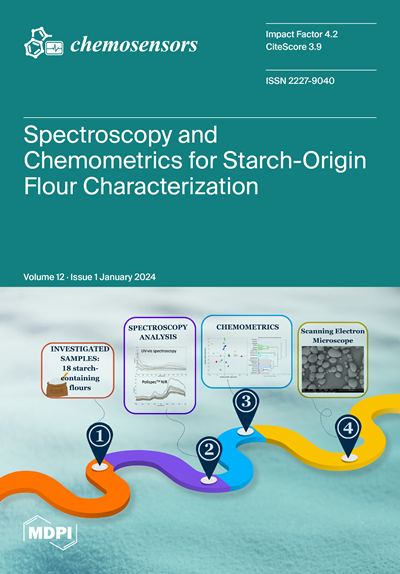Electrochemical Sensors for Liquid Biopsy and Their Integration into Lab-on-Chip Platforms: Revolutionizing the Approach to Diseases
IF 3.7
3区 工程技术
Q2 CHEMISTRY, ANALYTICAL
引用次数: 0
Abstract
The screening and early diagnosis of diseases are crucial for a patient’s treatment to be successful and to improve their survival rate, especially for cancer. The development of non-invasive analytical methods able to detect the biomarkers of pathologies is a critical point to define a successful treatment and a good outcome. This study extensively reviews the electrochemical methods used for the development of biosensors in a liquid biopsy, owing to their ability to provide a rapid response, precise detection, and low detection limits. We also discuss new developments in electrochemical biosensors, which can improve the specificity and sensitivity of standard analytical procedures. Electrochemical biosensors demonstrate remarkable sensitivity in detecting minute quantities of analytes, encompassing proteins, nucleic acids, and circulating tumor cells, even within challenging matrices such as urine, serum, blood, and various other body fluids. Among the various detection techniques used for the detection of cancer biomarkers, even in the picogram range, voltammetric sensors are deeply discussed in this review because of their advantages and technical characteristics. This widespread utilization stems from their ability to facilitate the quantitative detection of ions and molecules with exceptional precision. A comparison of each electrochemical technique is discussed to assist with the selection of appropriate analytical methods.用于液体活检的电化学传感器及其集成到芯片实验室平台:革命性的疾病治疗方法
疾病的筛查和早期诊断对于病人的治疗成功和提高他们的存活率至关重要,特别是对于癌症。能够检测病理生物标志物的非侵入性分析方法的发展是确定成功治疗和良好结果的关键点。本研究广泛回顾了用于液体活检中生物传感器开发的电化学方法,因为它们能够提供快速响应,精确检测和低检测限。我们还讨论了电化学生物传感器的新发展,它可以提高标准分析程序的特异性和灵敏度。电化学生物传感器在检测微量分析物方面表现出非凡的灵敏度,包括蛋白质、核酸和循环肿瘤细胞,甚至在尿液、血清、血液和各种其他体液等具有挑战性的基质中。在各种用于检测癌症生物标志物的检测技术中,即使在皮克图范围内,伏安传感器也因其优势和技术特点而在本文中进行了深入的讨论。这种广泛的应用源于它们能够以极高的精度促进离子和分子的定量检测。讨论了各种电化学技术的比较,以帮助选择适当的分析方法。
本文章由计算机程序翻译,如有差异,请以英文原文为准。
求助全文
约1分钟内获得全文
求助全文
来源期刊

Chemosensors
Chemistry-Analytical Chemistry
CiteScore
5.00
自引率
9.50%
发文量
450
审稿时长
11 weeks
期刊介绍:
Chemosensors (ISSN 2227-9040; CODEN: CHEMO9) is an international, scientific, open access journal on the science and technology of chemical sensors published quarterly online by MDPI.The journal is indexed in Scopus, SCIE (Web of Science), CAPlus / SciFinder, Inspec, Engineering Village and other databases.
 求助内容:
求助内容: 应助结果提醒方式:
应助结果提醒方式:


